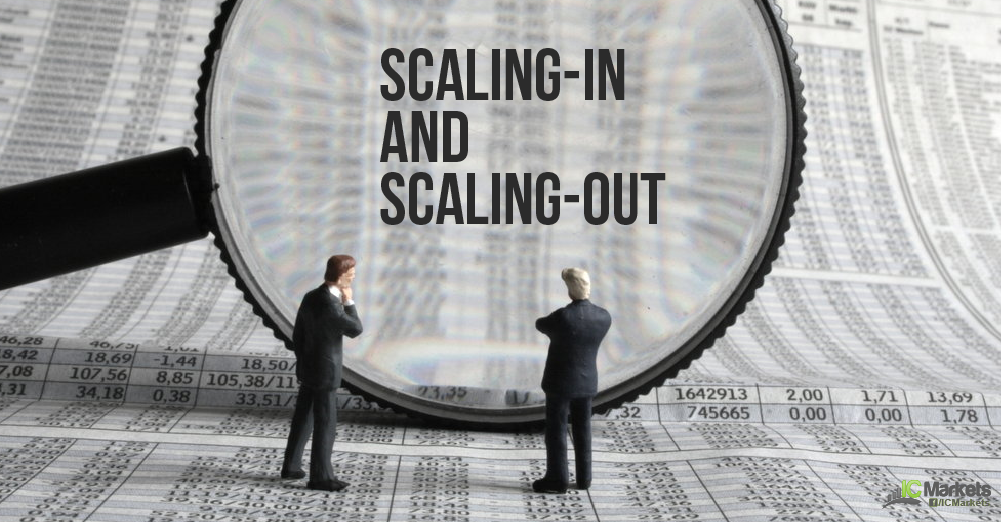A more complex aspect of risk management is keeping track of several entries across different currency pairs. After all, it can be overwhelming when you are watching various setups with multiple entry points.
However, scaling in and out are practices often employed by more experienced traders, as it allows them to take advantage of price action and not miss out on any moves. Scaling in can also enable them to press their advantage if they are able to add to their winning positions. Meanwhile, scaling out can allow cutting losses or reduction of exposure ahead of market catalysts.
In particular, scaling in is often employed by traders who are seeing several potential points of entry. For instance, if you are using the Fibonacci tool to pick an entry in the direction of the trend but the different levels are in line with major or minor inflection points, you can set orders on each level instead of just having to pick one.
What’s tricky about this trading style is that you also have to keep your risk management rules in mind before deciding on the position size to enter at each level. An easy way to go about it is to simply divide your risk percentage by the number of your desired entry levels before calculating the position size based on your stop losses.
Some traders opt to adjust their risk per entry by betting less of their account on the closest possible entries then risking more on farther entries. As mentioned, this depends on your risk profile and whether or not you can keep track of these multiple entries if they are all triggered.
Scaling in can also work to your advantage if you are trading breakouts and would like to add to your position if price keeps making new highs or new lows. For instance, if you predict that an upside break from a 500-pip symmetrical triangle will keep going, you can add to your position every 100 pips and adjust your stops accordingly.
During this course though, you should always be conscious of how much of your account is at risk every time you add. Don’t forget to trail your stop if you’d like to protect your profits and if you’d like to stick to your initial level of risk.
Meanwhile, scaling out means gradually removing exposure, perhaps when a top-tier event is coming up or if you think that the price move is overdone. This way, you can be able to hold on to more profits in case price makes a reversal.
As with scaling in, make sure you are conscious of how much of your account is at risk at every instance. This skill takes some time to develop, as it could involve several calculations based on your adjusted stops and entries. At the same time, you should also keep track of your potential return-on-risk to see if it’s worth adding or reducing your position.
These aspects must be pre-planned when you’re coming up with your trade idea, as it is recommended to have a detailed strategy for various potential scenarios. This way you won’t be surprised or caught off guard when markets make a strong move, and that you are in the position to take advantage of the resulting price action.
Next Article: [next_page]





